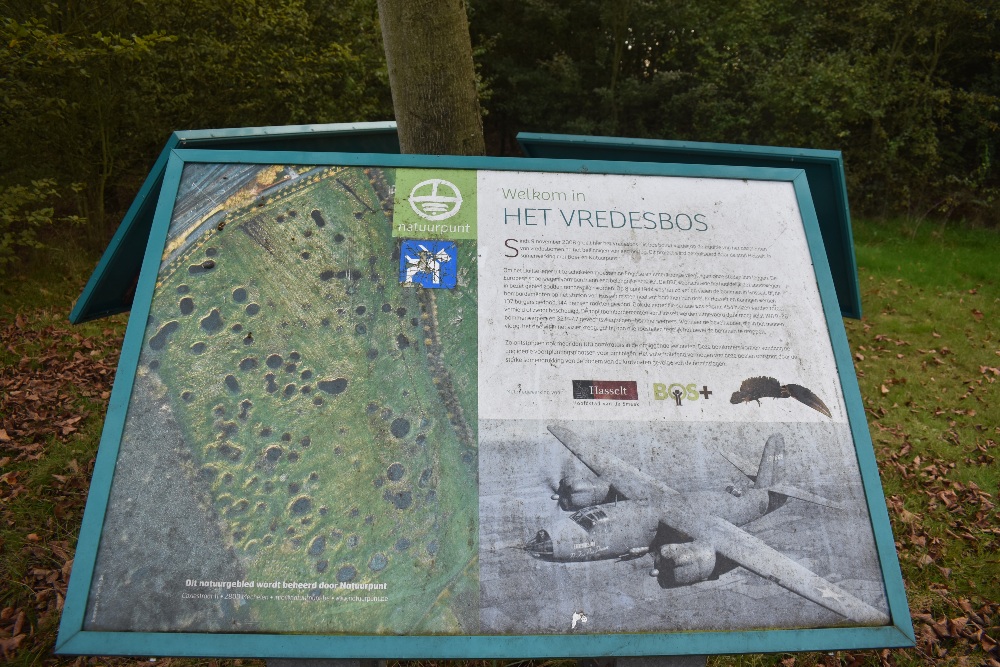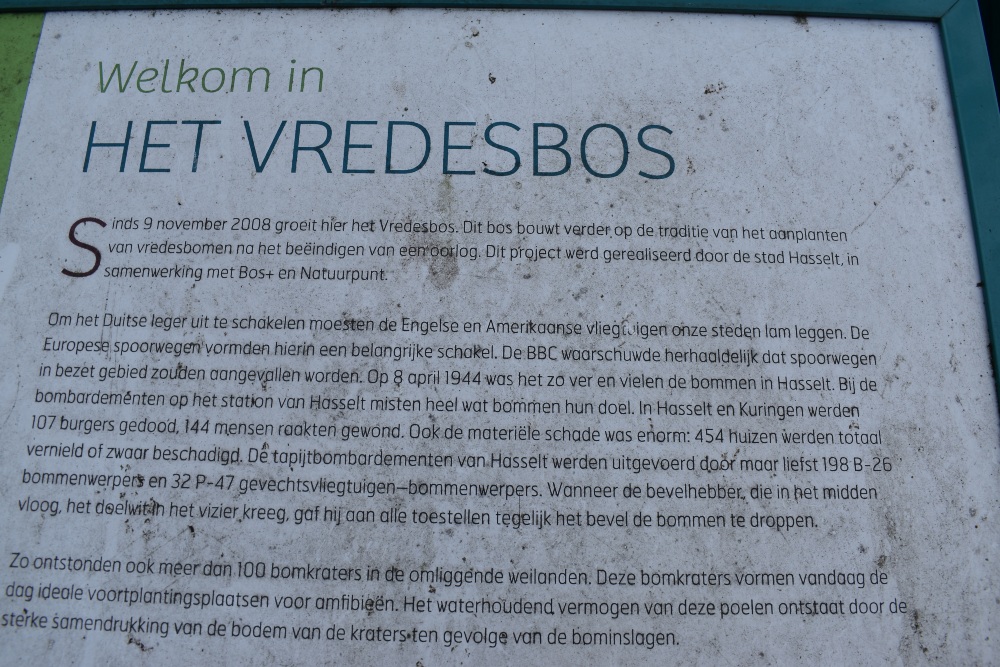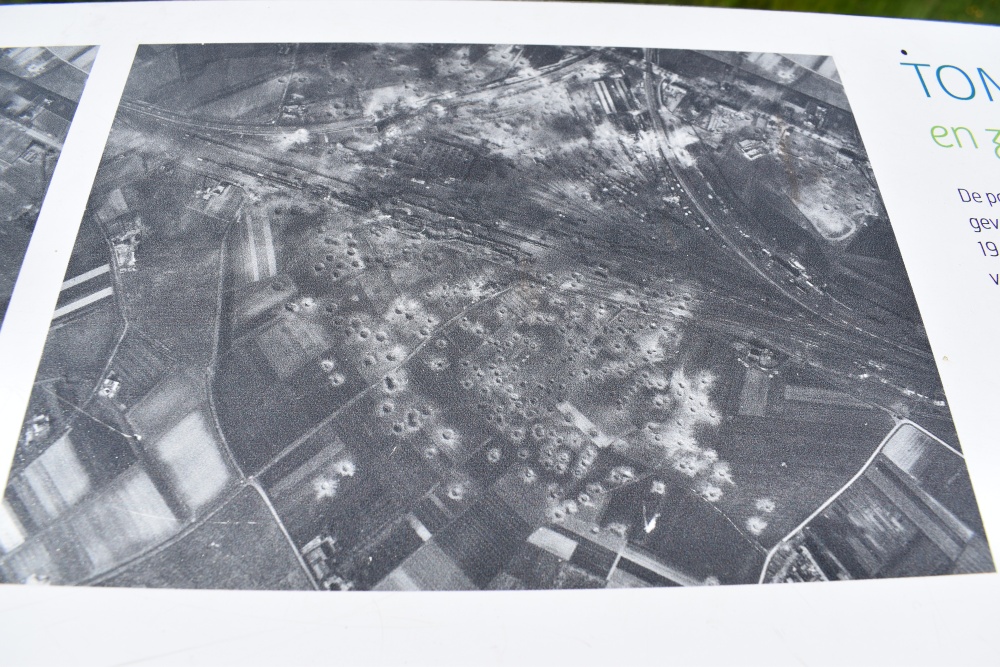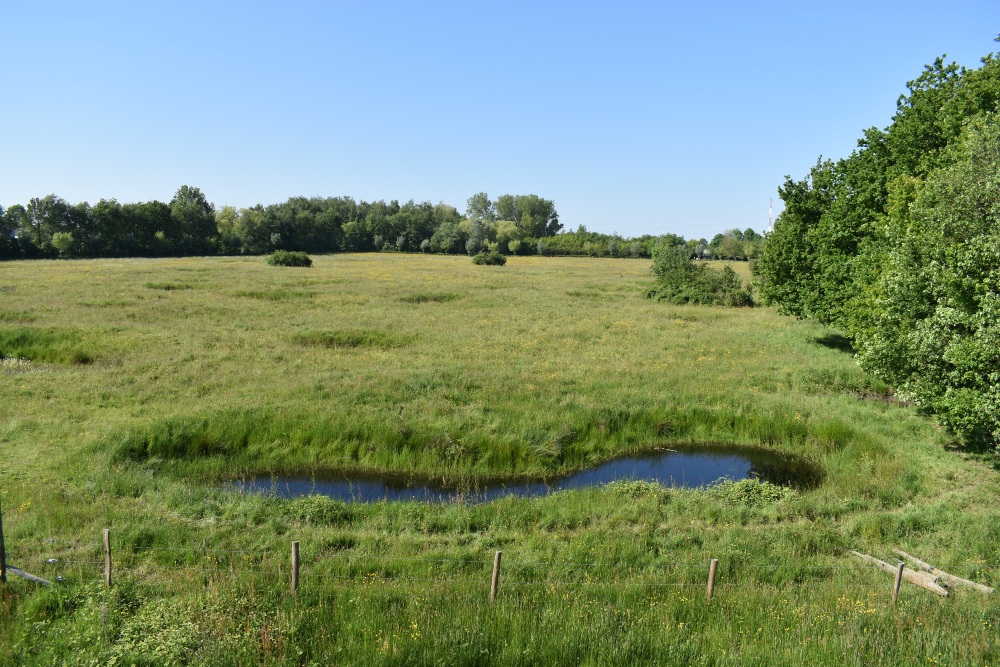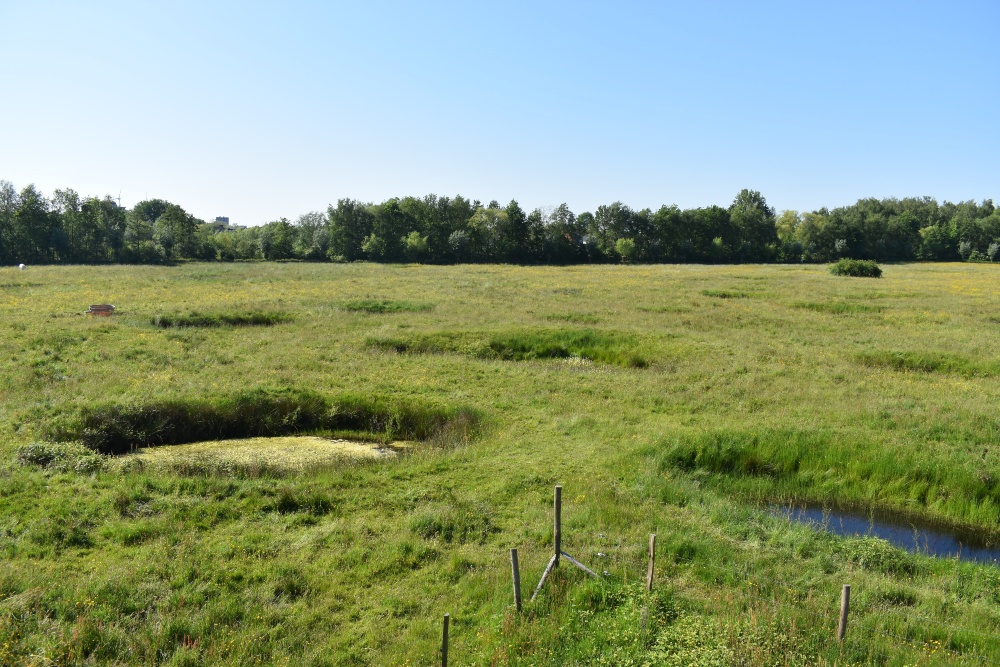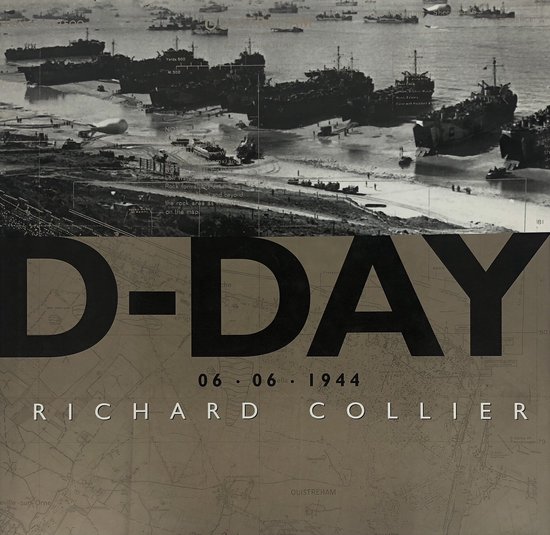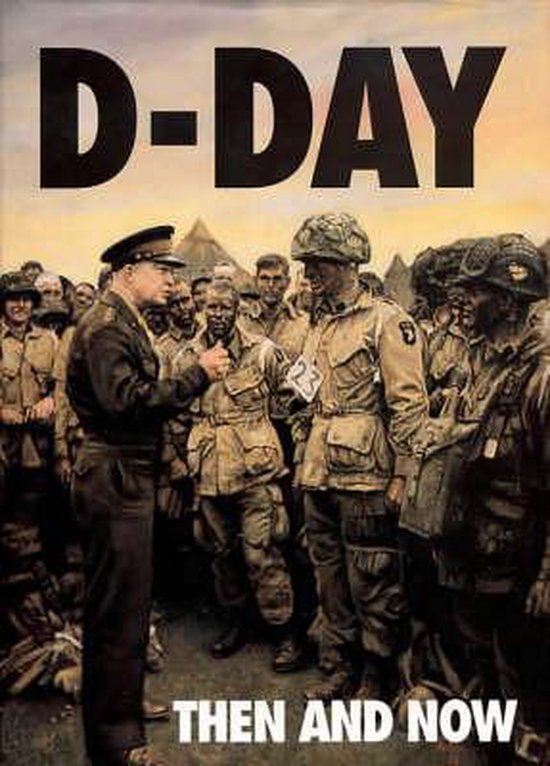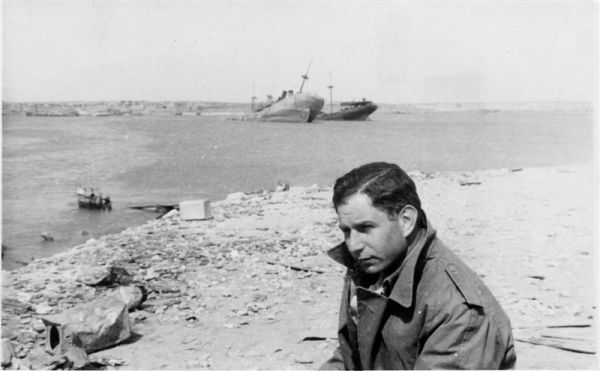Bomb Craters Tommelen Area Hasselt
The Tommelen nature zone is a result of the first major Allied bombing raid that took place on Easter Saturday, 8th April 1944.
The operation to bomb the rail marshaling yards at Hasselt were part of the transportation plan to attack the rail networks of Northern France and Belgium, which was designed to interdict the supplies and reinforcements to the German forces facing the Allied invasion forces in Normandy.
Rough translation from the Dutch text on the information board:
"The Peace Forest has been growing here since the 9th November 2008.The project was realised by the city of Hasselt in collaboration with Bos and Natuurpoint.
To eliminate the German Army,the English and American planes had to paralyze our cities.The European railways formed an important link in this.The BBC repeatedly warned that railways in occupied territory would be attacked.On the 8th April 1944, the bombs fell on Hasselt.Many bombs missed their target during the bombing on Hasselt station . In Hasselt and Kuringen ,107 civilians were killed,144 people were injured .The material damage was enormous : 454 houses were completely destroyed or badly damaged. The carpet bombing of Hasselt were carried out by no fewer than 198 B-26 bombers and 32 P-47 fighter-bombers. When the commander who flew in the middle got the target, he ordered all planes to drop the bombs at once.
More than 100 bomb craters were created in the surrounding meadows.These bomb craters are ideal breeding grounds for amphibians today.The water retention capacity of these pools is caused by the compression of the bottom of the craters as result of the bomb impacts."
The US 9th Air Force was tasked with this operation as the American contingent that was to provide aircraft to knock out the German rail infrastructure prior to D-Day. The bombers;B-26 Martin Marauders came from the 322nd,323rd,386th,391st and 394th Bomb Groups and attacked in three waves.The lead bomber of the 386th left Great Dunmow airbase at 11.11am, with the bombers being over the target for their prescribed bomb runs at 13.15,13.20 and 13.50, with an expected time back at base of 13.57.The bombers carried four 1,000lb bombs with unit histories and operational records suggesting the raid was a success, albeit that the smoke from the first bomb run somewhat obscured the target for the subsequent attacks.
Escort was provided by the US 368th Fighter Group equipped with the P-47 Republic Thunderbolt.Thirty-two of these aircraft were armed with two 250lb bombs would follow up by dive-bombing the target at 13.47 releasing 59 bombs on the target.
There is also a viewing platform with information boards and contemporary aerial photographs showing before and after images.
Do you have more information about this location? Inform us!
Source
- Text: Ian Paterson
- Photos: Ian Paterson
- Bombing raids on Hasselt and Kuringen: the strategic bomb raids by the Allies on Hasselt and Kuringen, Frank Vanstreels
Related books
Nearby
Point of interest
Monument
- Chapel Victims Easter Bombing 1944 - Kuringen (Hasselt)
- War Memorial Kuringen - Kuringen (Hasselt)
- War Memorial Kuringen Easter Bombing 1944 - Kuringen (Hasselt)
Cemetery
- Symbolic Graves of Executed Kuringen First World War - Kuringen (Hasselt)
- Symbolic Graves Fallen of Kuringen First World War - Kuringen (Hasselt)
- Belgian War Grave Kuringen - Kuringen (Hasselt)
Remembrance Stone
- Stumbling Stone Beukenstraat 22 - Hasselt
- Stumbling Stone Het Dorp 7 - Hasselt
- Stumbling Stone Weggevoerdenstraat 20 - Hasselt
